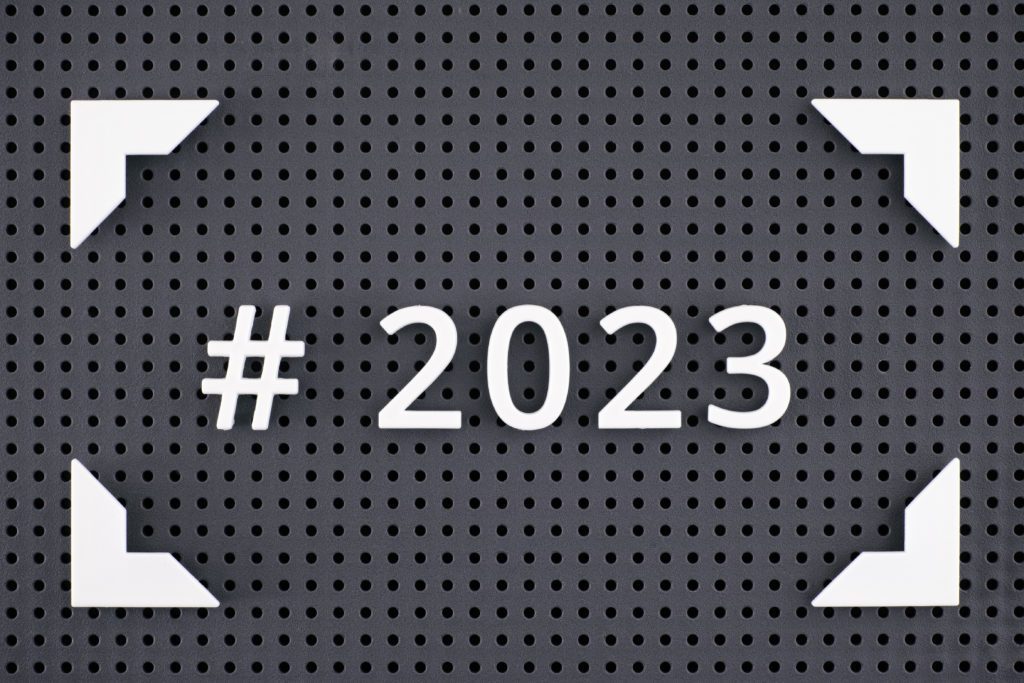
A short introduction to payment gateways
The big players and the new kids on the block in online transaction solutions
As the software engineering that drives e-commerce continuously evolves, a great deal of interest has begun to surround the technology that allows merchants to accept debit and credit card payments. This technology has become known as the ‘payment gateway’. A payment gateway works by connecting payment processors (which charge the card) with merchant account providers (which provide the payment systems). Payment gateways are most often provided to a merchant for an additional fee, although sometimes payment gateway charges can be included in an overall e-commerce web hosting package.
It’s worth remembering that the term ‘payment gateway’ refers to both the technology that’s used in the card-reading devices, or chip-and-pin machines, that we’re all familiar with from physical stores, and also to the payment processing technology that’s used for e-commerce transactions on a website. Today, physical payment gateways in actual stores often incorporate smartphone-compatible payments using QR codes and Near Field Communication (NFC) technology. Innovations such as these are an example of the process of digital technology merging with physical technology, a trend which is becoming very apparent in the automotive sector, for example, as many new cars have increasingly sophisticated software-driven automated systems and driver aids that interact with the vehicle’s hardware.
Most major payment gateways can be used for both one-off payments and regular payments such as subscriptions. Payment gateways don’t facilitate things like standing orders and direct debits, since these are direct bank-to-bank exchanges that are controlled entirely by the two banks involved in the movement of the funds. It’s possible, in the future, that the operational remit of payment gateways may extend even further than it does now, since the technology underpinning these systems is evolving at an extremely rapid rate. Fintech (financial technology) is one of the world’s fastest-moving industries, and it will be interesting to see what happens to payment gateway services in the next decade. Ten years ago few people would have thought you could make an instant, contactless payment via a smart watch. Today, this technology is used by millions of people every day.

The leading payment gateways in brief
PayPal is one of the most widely used and popular payment gateways in the world. It allows registered users – who can be private individuals or businesses – to send funds electronically in a wide range of currencies. PayPal mainly operates in countries with currencies that support online money transfers. The conceptual basis of PayPal’s service is essentially an electronic version of traditional payment methods like cheques and money orders. PayPal has become the default payment method for users of the global online marketplace eBay, and it’s the most common payment method for many other online transactions between individuals and businesses. PayPal therefore remains one of the most dominant payment gateways today.
The Irish-American fintech company Stripe provides a range of payment gateways and related digital financial services that it bills, not without a flourish of ambition, as ‘financial infrastructure for the internet’. Specifically, Stripe provides a wide range of different payment processing software packages and APIs for online transactions. (API stands for Application Programming Interface; this is a way for two or more software solutions to send information to one another). The various APIs that Stripe has created can, in essence, be used by software engineers and web developers to integrate payment processing systems into websites and apps. In January 2022, Stripe signed a major deal with Ford to handle its transactions for vehicle orders and reservations; it also works with music streaming service Spotify to help artists monetise subscriptions and launch new revenue streams. These developments show just how important payment gateway providers such as Stripe – and the entire SaaS (software-as-a-service) industry – will become in future.
A relatively new business called Opayo is becoming a hugely popular payment gateway for e-commerce in the UK, and has quickly built an excellent reputation for reliability. This is a massive bonus for any payment gateway provider, as a service that goes down can potentially lose a business a large amount of revenue in a short time frame. Worldpay is another relatively widely used payment gateway service that specialises, as the name suggests, in international transactions between different currencies. It has cemented a strong reputation for fraud prevention, which is probably a key reason for its success.
The leading e-commerce platform Shopify has its own payment gateway service called ‘Shopify Payments’. It certainly does what it says on the tin, and it’s become popular for consumer-facing and retail start-ups, for example for independent merchants wanting to build their first online store. Cybersource, which is owned by the currency card giant Visa, offers a variety of payment gateway services that can facilitate and automate all kinds of online payments. Like Worldpay, it’s established a good reputation for fraud prevention.
Another interesting rising star on the global payment gateway scene is Cardstream. It’s a fully functional, customisable and flexible automated payment service that’s built a great reputation for customer service in its short lifespan, and it has the added attraction of not tying its customers into lengthy contracts as many of the more established payment gateway providers tend to do. Another big selling point of Cardstream is that it isn’t affiliated to a large bank or another financial firm that’s acquired it; this means that a merchant using Cardstream is completely free to select whichever banking provider offers the best rate for their business.
The payment gateways mentioned in this article are representative of the current state of the art in fintech and SaaS (software-as-a-service) provision. But they’re not the only options for your business. Other companies like Square, SumUp, 2Checkout, Klarna, takepayments, and Adyden also offer competitive and interesting payment gateway services. And finally, e-commerce giant Amazon offers its own payment gateway system (why wouldn’t it?) called Amazon Pay, which is specifically tailored to third-party merchants selling products through its vast global platform.
As fintech races ahead, it’s becoming clear that payment gateways are going to become some of the most important financial services of tomorrow’s world. In fact, some of them – like PayPal and Stripe – are already some of the most important global businesses right now. One indicator of the international significance of these firms is the fact that Mark Carney, former governor of the Bank of England, was quickly recruited by Stripe for an advisory role on its board after his departure from his job at the UK’s central bank. At the same time, in the future the companies that provide payment gateway services will likely become as influential in global finance as some of the world’s leading commercial and investment banks are today.
At Modular Digital, we’ve integrated and maintained payment gateways extensively for over a decade on the numerous websites and apps we’ve worked on. So if you need to set up a new payment gateway service for your business, or you want to overhaul or possibly replace your existing one, then don’t hesitate to give us a call to discuss your requirements in more detail. Whatever the specific commercial demands on your business, we can construct a payment gateway for your website that runs like clockwork, never goes down, and is easy and intuitive to use.
If you would like to speak to us about the current needs of your business, you can reach out to Emma on 07584 652 285 or emma@thisismodular.co.uk to get the conversation started.


